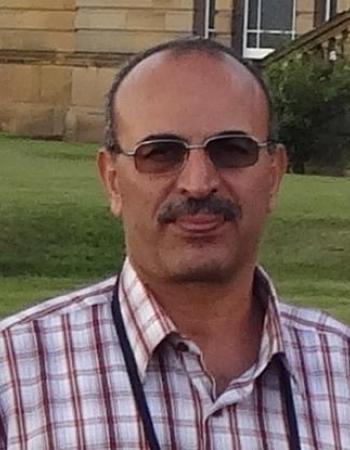Potential role of dietary white poplar (Populus alba L.) in stimulating growth, digestion, and antioxidant/immune status of Nile tilapia (Oreochromis niloticus)
Aeromonas sobria, Antioxidants, Feed additives, Immunity, Nile tilapia, Populus alba
The potential use of feed supplements as immune-stimulant and growth-promoting agents in fish diets has drawn
much attention. The current research investigated the effects of feeding Nile tilapia (Oreochromis niloticus) on white
poplar (Populus alba L.) (WP) leaves powder as a dietary supplement on the growth, digestive functions, immune,
and oxidant-antioxidant parameters. In addition, the fish resistance against the Aeromonas sobria (A. sobria) challenge
was investigated. For 60 days, fish (n = 160; 34.61 ± 0.16 g) were divided equally into four groups, each had four replicates.
Fish were fed on four isonitrogenous and isolipidic diets supplemented with varying levels of WP; 0 g/kg (WP0,
crude protein (CP) = 37.18%; crude lipid (CL) = 9.98%), 2 g/kg (WP2, CP = 37.22%; CL = 9.56%), 4 g/kg (WP4, CP = 36.95%;
CL = 9.47%), and 6 g/kg (WP6, CP = 36.88%; CL = 9.33%), where WP0 was the control diet. The results revealed that WP
diets substantially boosted the growth (final body weight, weight gain, and specific growth rate) with an improvement
of feed conversion ratio of Nile tilapia in a level-dependent manner with the WP6 group attaining the best
outcomes. WP diets improved the amylase (4–6 g/kg level) and lipase (2–6 g/kg level) activity and the intestinal
morphometric measures (2–6 g/kg level), where the WP6 group recorded the highest values. WP diets increased
the growth hormone (2–6 g/kg level) and reduced leptin hormone and glucose levels (2–6 g/kg level). WP diets
boosted the immune-antioxidant indices (total protein, albumin, globulin, complement 3, lysozyme, nitric oxide, total
antioxidant capacity, glutathione peroxidase, and catalase) in a level-dependent manner and the WP6 group attained
the highest values. All experimental groups exhibited 100% survival at the end of the feeding trial. During the A. sobria
challenge, the survival of fish was improved in a level-dependent manner (2–6 g/kg) (80%, 85%, 95%, respectively)
compared to the control (70%), where the WP6 group recorded the highest survival. Noteworthy, WP diets especially
at a level of 6 g/kg can be used as a feed supplement for improving the health, growth, immune-antioxidant functions,
and disease resistance of Nile tilapia

Heat stress (HS) is a significant environmental factor that leads to substantial financial losses in the rabbit industry. In the present study, betalains and organic selenium (Ose) were used as …

Background Candida albicans infection induces economic losses in aquaculture practices. Currently, the success of
the nanotechnology field has gained more consideration in the aquaculture…

The potential use of feed supplements as immune-stimulant and growth-promoting agents in fish diets has drawn
much attention. The current research investigated the effects of feeding Nile…

